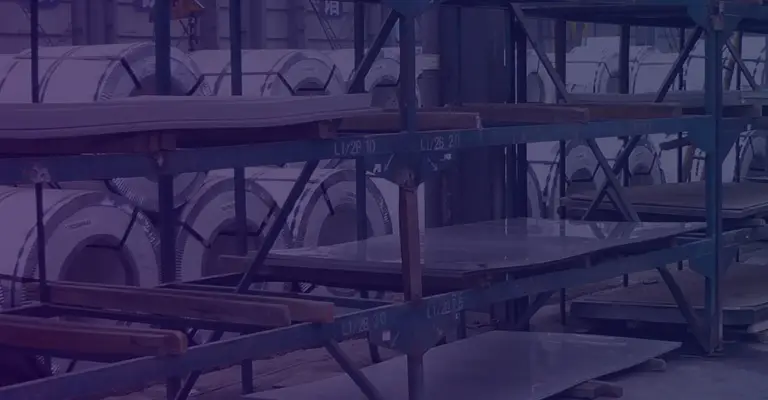Different types of
stainless steel plates have different cutting performance, and the problems in reaming will also be different. For example, when reaming austenitic stainless steel such as 1Cr18Ni9Ti and stainless steel plate resistant to concentrated nitric acid, the main problem is reaming. The problem of tool wear; when reaming martensitic stainless steel such as 2Cr13, the main problem is that it is difficult to ensure the roughness and dimensional accuracy of the reaming hole.
To prevent these problems, pay attention to the following items.
The first is to reasonably select the reamer and the amount of reaming, which is the key point to ensure that the reaming can be carried out smoothly; the second is to improve the quality of the pre-processing process and avoid grooves, ellipses, polygons, tapers, or bell mouths and waist drums in the pre-processing holes. Shape, axis line bending, deflection, etc.
In addition, it is necessary to keep the hardness of the material of the stainless steel plate workpiece moderate, especially for 2Cr13 martensitic stainless steel, the hardness after quenching and tempering treatment should be kept below HRC28.
After the reamer and the stainless steel plate are installed correctly, the reamer must be installed straight, and the axis of the reamer must be consistent with the axis of the pre-machined hole of the stainless steel plate to ensure that each tooth can be cut evenly.
In addition, the appropriate cutting fluid should be selected and used, which can solve the chip adhesion problem of stainless steel materials and enable smooth chip removal, thereby reducing hole surface roughness and improving tool durability. It is usually suitable to use vulcanized oil. If 10%-20% CCl4 is added to vulcanized oil or 20%-30% CCl4 is added to lard, it will have a significant effect on reducing the surface roughness. Because CCl4 is harmful to the human body, it is suitable to use a mixture of 85%-90% vulcanized oil and 10%-15% kerosene. When the diameter of the reamer is relatively large, the internal cooling method can be used.
Careful attention to the process of reaming and strict inspection of the runout of the cutter teeth are the keys to achieving uniform reaming. During reaming, pay attention to the shape of the chip, because the reaming allowance is small, the chip will appear as a foil coil or a very short spiral coil. When the carbide reamer is used to ream the hole, the hole shrinkage will occur. In order to avoid roughening the hole when the tool is retracted, this problem can be solved by increasing the entering angle.

